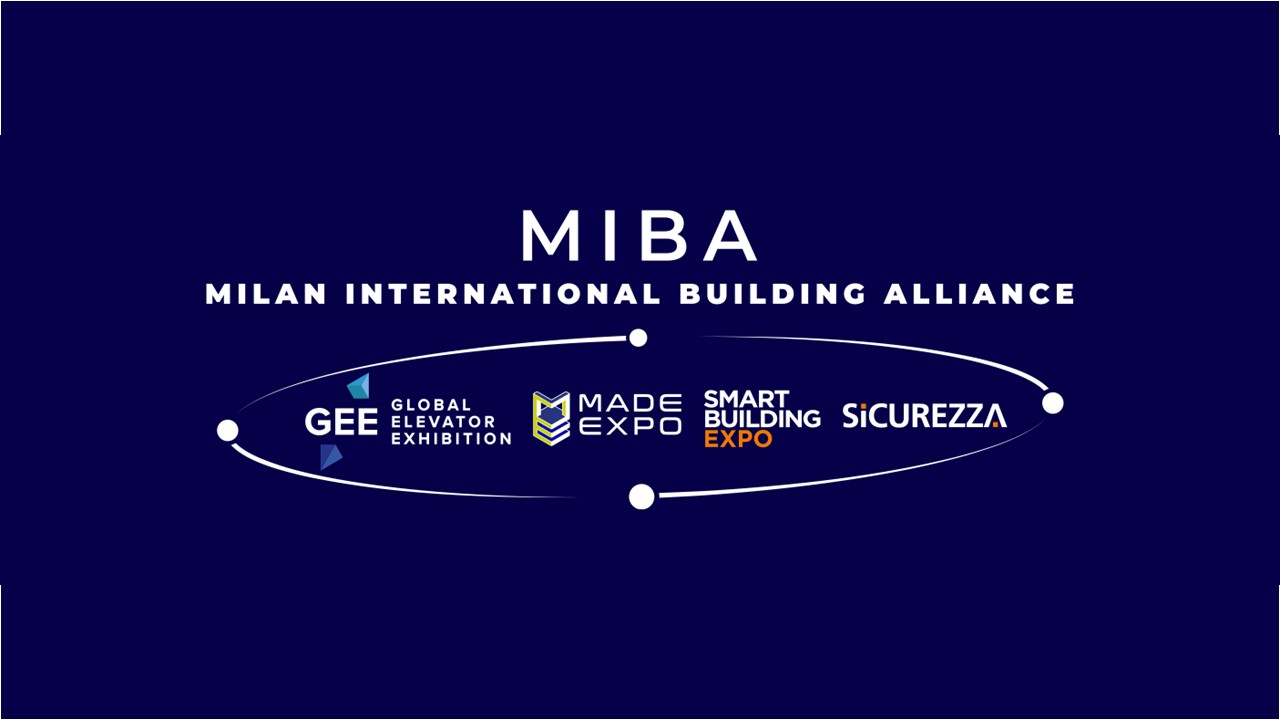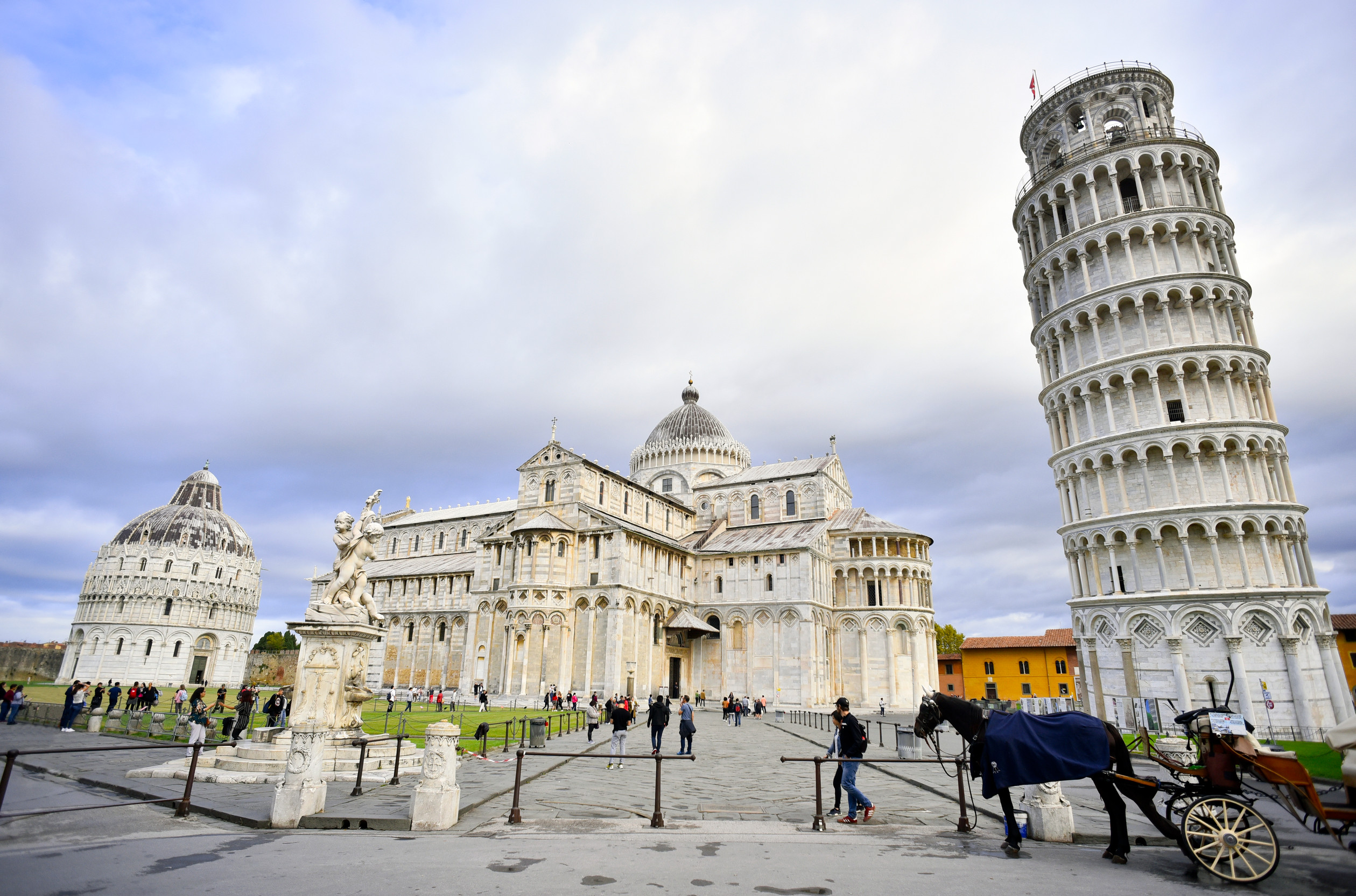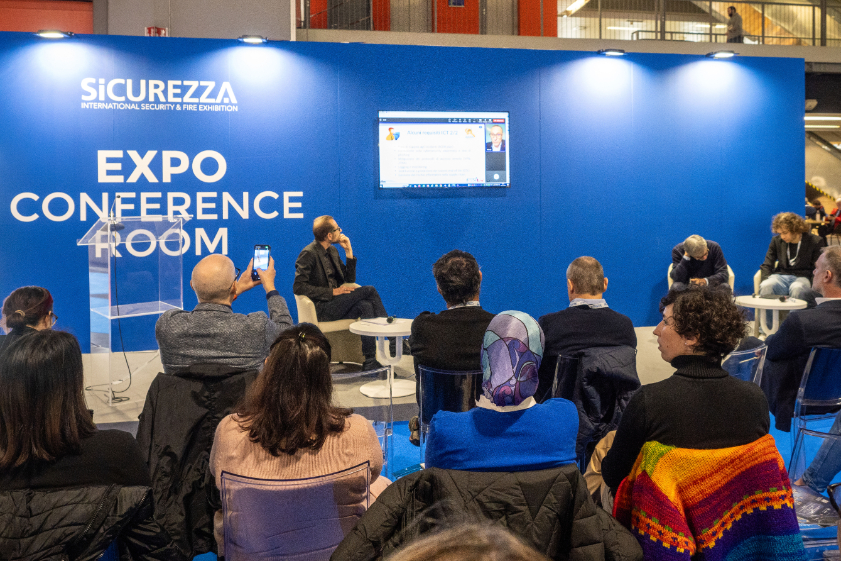Thanks to the integration of different technologies, home automation solutions offer an increasingly wide range of functions. How has our way of experiencing the home changed, and what are the advantages of making it smart?
The rise of digital has rendered previous verticalisations largely obsolete. Worlds that were once foreign to each other, such as electrical, electronic and plumbing and heating, are gradually moving closer together, with significant ‘grey’ areas of overlap. This appears even more evident if we consider that the main factors driving home and building automation are energy efficiency, first and foremost, followed by security. But the recent lockdown has projected us into a world of the future that is, instead, the present. We have all realised that in order to work and study at home, we need excellent connectivity. We have also seen that the home has become multi-tasking in this sense and that the intelligence we charge it with ensures its level of resilience and virtuous integration with the environment (almost always urban) in which it is found. The two main advantages of the smart home are efficiency and flexibility, which also translate into a new concept of comfort.
5G and broadband are finally a reality. How are they changing and how will domestic applications change? What are the impacts on functions and interfaces?
A wireless technology, 5G promises high quality connectivity in the domestic environment also across the many areas that are currently in digital divide and anywhere where the terrestrial network would struggle to arrive. The BUL network is experiencing significant growth and we have all suddenly realised its importance. But the thing many are overlooking is that, to perform effectively, the signal also needs to travel efficiently inside our residential buildings. And this is not the case right now, largely due to obsolete copper systems that need to be replaced. So-called FTTH (fibre to the home) is therefore moving very slowly and failing to exploit the very real possibility of counting on private investment for the updating of now obsolete systems. Something that makes no sense. We know what the advent of BUL in homes will mean, namely telemedicine and remote support, digital public administration, e-learning and smart working, and new entertainment.
In this new scenario, what skills do professionals require? Which main products are guiding consumers’ choices?
The entire professional supply chain is radically changing, from design to the implementation of works, and even system maintenance. If we consider what the mass spread of BIM (Building Information Modelling) and BEMS (Building Energy Management System) will mean, we can appreciate that there will be greater collaboration between technicians right from the early design phases, but also that we will start to talk about the average lifespan of systems (and therefore buildings) and predictive, evolutionary maintenance. Terms that were confined to the industrial world but that are now used in relation to homes and large corporate and commercial buildings.
Fiscal policies will probably set the agenda. Today, in Italy, the ‘Ecobonus’ is a formidable driver for the entire complex system of energy efficiency, micro-climate control and energy self-generation. Tomorrow, who knows...







